Anyone Do Serious Wok Cooking?
dandyrandylou
8 years ago
Related Stories
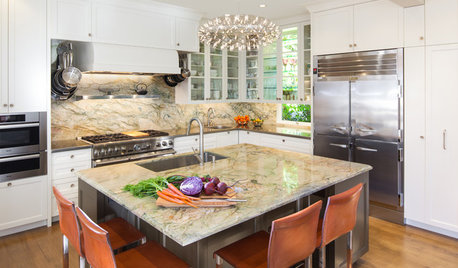
KITCHEN DESIGNKitchen of the Week: Elegant Updates for a Serious Cook
High-end appliances and finishes, and a more open layout, give a home chef in California everything she needs
Full Story
KITCHEN DESIGNA Cook’s 6 Tips for Buying Kitchen Appliances
An avid home chef answers tricky questions about choosing the right oven, stovetop, vent hood and more
Full Story
KITCHEN DESIGNHouzz Call: What’s Cooking in Your Kitchen?
Most of us turn to recipes, videos and culinary shows when we cook. Where do you set your cookbook, tablet or TV screen?
Full Story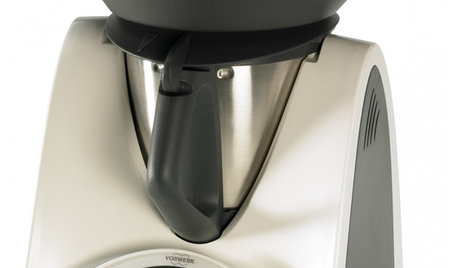
HOME TECH3 Kitchen Contraptions You Won’t Believe
Pizza hot from the printer, anyone? These cooking gadgets harness imagination and high tech — and have price tags to match
Full Story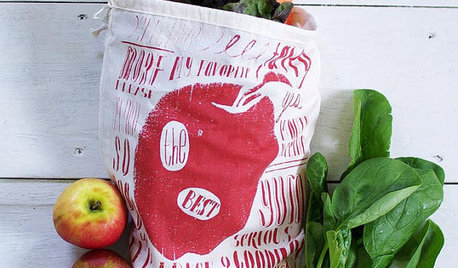
Guest Picks: Cookie and Kate's Cooking Essentials
Cooking blogger Kate shares her top 20 durable and non-toxic tools for the kitchen
Full Story
KITCHEN DESIGNKitchen Recipes: Secret Ingredients of 5 One-of-a-Kind Cooking Spaces
Learn what went into these cooks’ kitchens — and what comes out of them
Full Story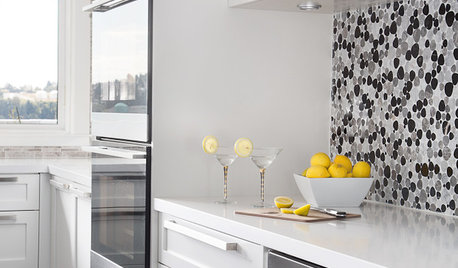
KITCHEN DESIGNNot a Big Cook? These Fun Kitchen Ideas Are for You
Would you rather sip wine and read than cook every night? Consider these kitchen amenities
Full Story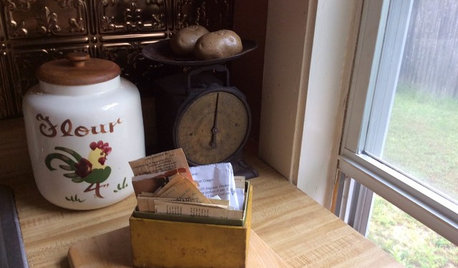
KITCHEN DESIGN5 Home Cooks Share Their Favorite Family Recipes
Peek inside the kitchens of these Houzz users and learn how to cook their time-tested, passed-down dishes
Full Story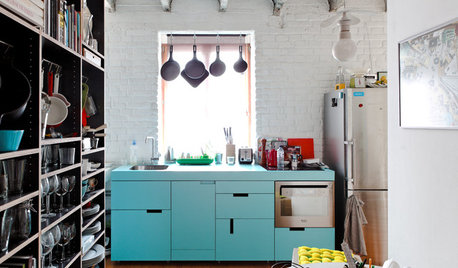
HEALTHY HOMEDetox Your Kitchen for the Healthiest Cooking
Maybe you buy organic or even grow your own. But if your kitchen is toxic, you're only halfway to healthy
Full Story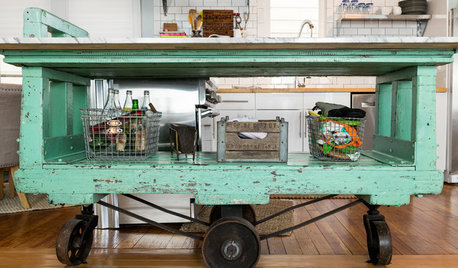
KITCHEN DESIGNKitchen Recipes: Factory Cart Inspires a Dream Cooking Space
These homeowners' kitchen was almost nonexistent, so they whipped it up from scratch. See what they cook there and get the recipe too
Full StorySponsored




Lars/J. Robert Scott
John Liu
Related Discussions
Wall hoods for wok cooking
Q
Calling all serious cooks!
Q
Miele induction cooktop wok cooking
Q
Best Range for Wok Cooking - Bluestar/Viking/Wolf?
Q
User
User
sleevendog (5a NY 6aNYC NL CA)
John Liu
nannygoat18
tishtoshnm Zone 6/NM
steve_o
dcarch7 d c f l a s h 7 @ y a h o o . c o m
ci_lantro
Lars/J. Robert Scott
dandyrandylouOriginal Author
User
dcarch7 d c f l a s h 7 @ y a h o o . c o m
Lars
nannygoat18
agmss15
nannygoat18
lindac92
dcarch7 d c f l a s h 7 @ y a h o o . c o m
Lars
Islay Corbel
Lars
LoneJack Zn 6a, KC
John Liu
Lars
John Liu
lat62
Islay Corbel
foodonastump
Islay Corbel
John Liu
John Liu
Lars
foodonastump
John Liu
Lars
foodonastump